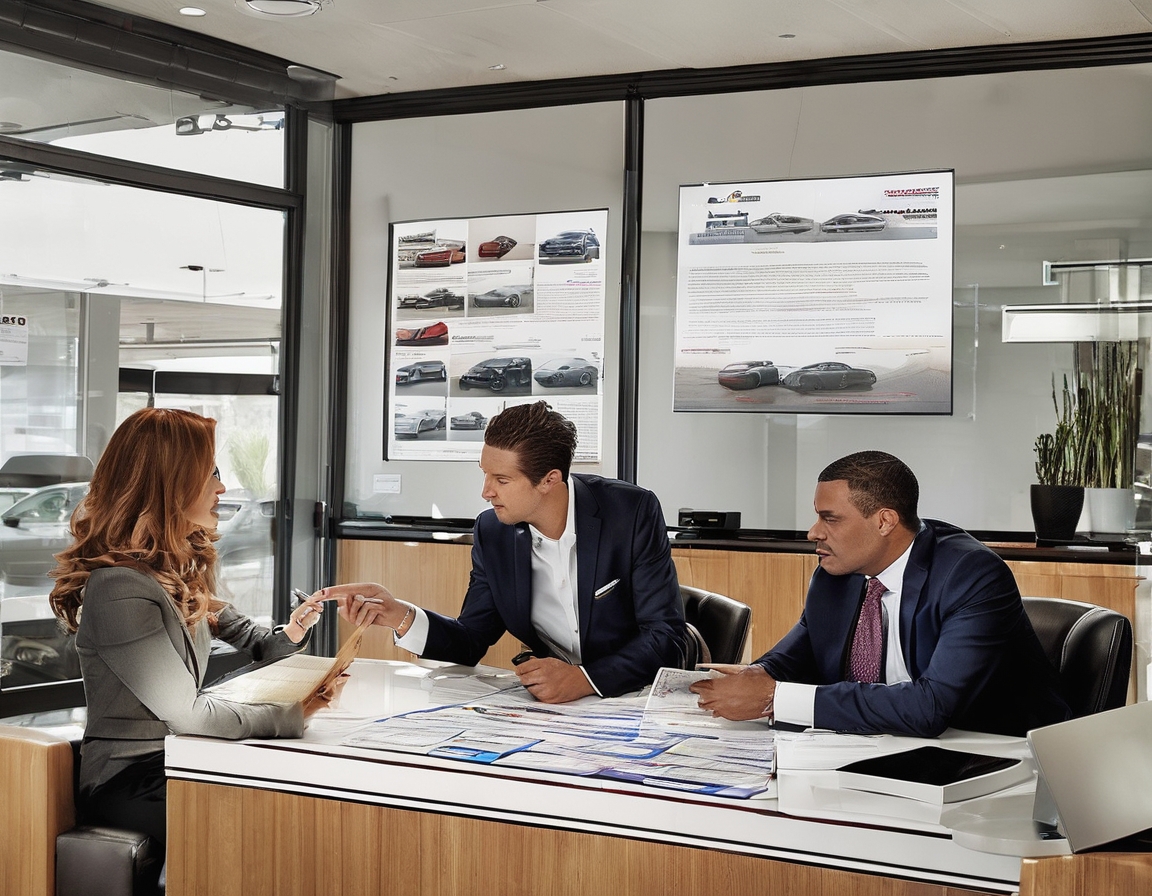Understanding the vehicle ordering process from europe
In today's globalized world, the process of ordering vehicles from Europe has become increasingly accessible and appealing to many car enthusiasts and buyers. With a wide range of high-quality vehicles available, Europe offers a diverse selection that caters to various preferences and needs. Understanding the vehicle ordering process from Europe can help you make informed decisions and ensure a smooth experience.
Benefits of Ordering Vehicles from Europe
Ordering vehicles from Europe comes with several advantages. European manufacturers are renowned for their engineering excellence, innovative designs, and commitment to quality. Additionally, buyers can access a broader range of models and specifications that may not be available locally. Furthermore, purchasing directly from Europe can often result in cost savings, as buyers can bypass local dealership markups.
Steps Involved in the Vehicle Ordering Process
The first step in the vehicle ordering process is thorough research. Identify the type of vehicle that suits your needs, whether it's a luxury sedan, a family SUV, or a high-performance sports car. Consider factors such as brand reputation, model specifications, and customer reviews. Utilize online resources, automotive forums, and expert reviews to gather information and narrow down your options.
Once you have selected a vehicle, the next step is to contact the dealer or manufacturer. Reach out to authorized dealers or directly to the manufacturer to inquire about availability, pricing, and any special offers. Establishing a direct line of communication ensures that you receive accurate information and can negotiate terms effectively.
Negotiation is a crucial part of the vehicle ordering process. Discuss pricing, warranty options, and any additional features or customizations you may desire. Be prepared to negotiate terms to secure the best deal possible. Once both parties reach an agreement, ensure that all terms are documented in a formal contract.
After finalizing the agreement, explore payment and financing options. Determine whether you will pay in full or opt for financing through a bank or financial institution. Ensure that you understand the payment schedule, interest rates, and any associated fees. Secure financing in advance to streamline the purchasing process.
Shipping and logistics are critical components of the vehicle ordering process. Coordinate with the dealer or manufacturer to arrange for the vehicle's transportation from Europe to your location. Consider factors such as shipping method, insurance coverage, and estimated delivery time. Work with reputable logistics providers to ensure safe and timely delivery.
Importing a vehicle from Europe involves navigating customs and import regulations. Familiarize yourself with the import laws and requirements of your country to avoid any legal complications. Prepare necessary documentation, such as the bill of sale, proof of ownership, and compliance certificates. Engage with customs brokers if needed to facilitate the import process.
Upon arrival, conduct a thorough inspection of the vehicle to ensure it meets your expectations and complies with the agreed-upon terms. Check for any damages incurred during transit and verify that all features and specifications are as ordered. Address any discrepancies with the dealer or manufacturer promptly.
Common Challenges and How to Overcome Them
Ordering a vehicle from Europe can present challenges such as language barriers, time zone differences, and complex regulations. To overcome these obstacles, work with experienced professionals who specialize in international vehicle transactions. Utilize translation services if necessary and maintain open communication with all parties involved.
Tips for a Smooth Vehicle Ordering Experience
To ensure a seamless vehicle ordering experience, plan ahead and conduct thorough research. Choose reputable dealers or manufacturers with a proven track record. Stay informed about the latest automotive trends and market conditions. Lastly, maintain flexibility and patience throughout the process, as international transactions may require additional time and coordination.






Comments (0)